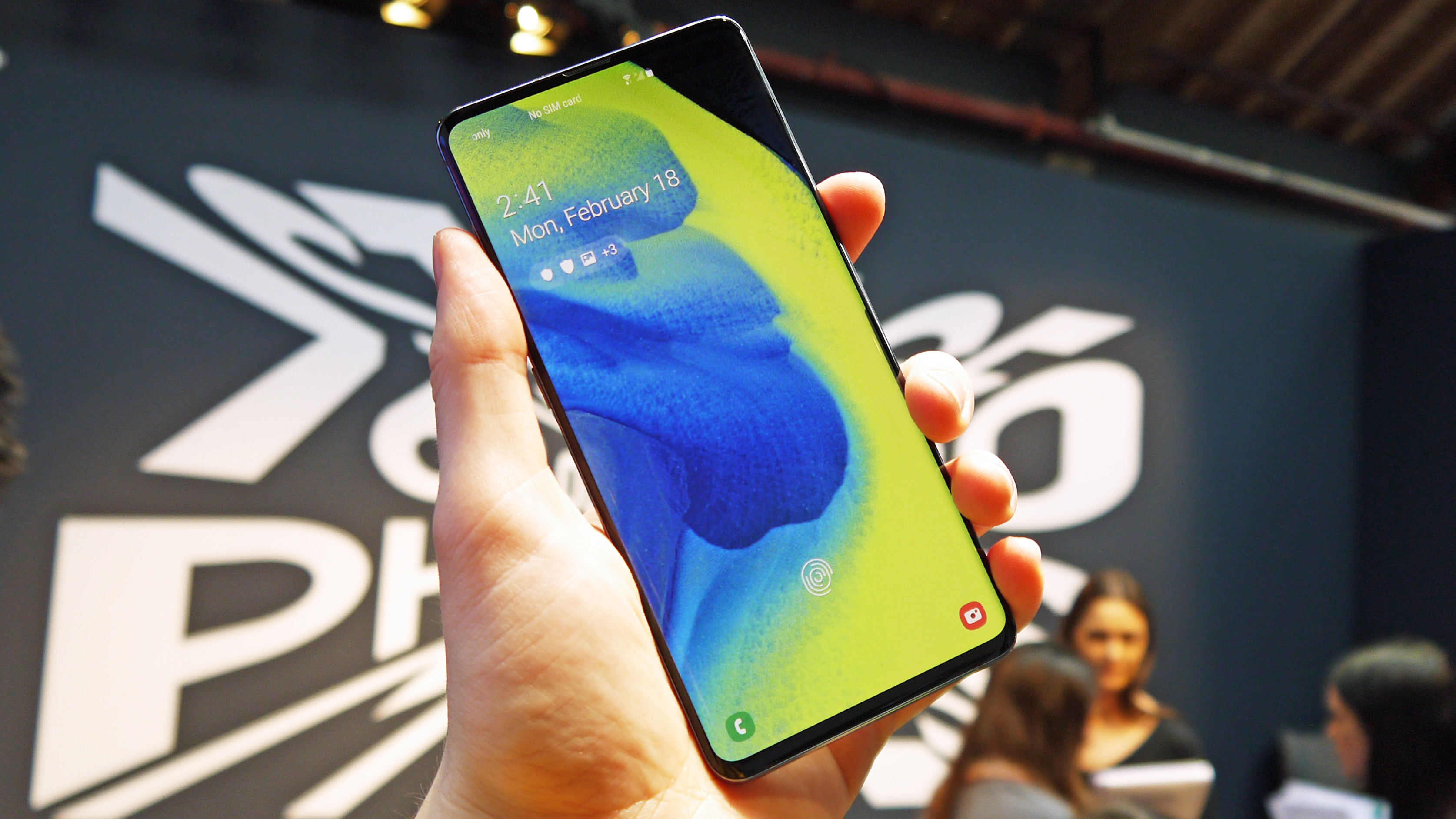Will Samsung enjoy first mover advantage with 5G?
Samsung beats rivals to 5G smartphone

The news of a 5G edition of the Samsung Galaxy S10 might not have been the most exciting development from Samsung Unpacked, but it is a significant move in the firm’s battle against market saturation.
Over the past decade, the success of the Galaxy S range and a wide portfolio of handsets at different price tiers has catapulted Samsung into its positions as the world’s largest phone manufacturer, the Android flagship carrier, and main competitor to Apple.
But for the past few years, the Korean electronics giant has been wary of market saturation, looking towards the business and infrastructure markets as sources of new revenue. This need has become even more apparent in the past year as shipment volumes contracted.
- Samsung Galaxy S10 Hands-On Review
- Chinese vendors account for a third of the market
- What is 5G?
Market saturation
Sliding smartphone sales weren’t too much of a concern while the average selling price (ASP) of its devices increased. But relatively poor sales of the Samsung Galaxy S9 were attributed to a lack of innovation and a high price tag at a time when other Android manufacturers were launching more affordable, feature-packed handsets.
As a result, Huawei is threatening Samsung’s leadership of the market and there are concerns about growth going forward. The challenges facing Samsung aren’t unique and are applicable across the industry, but the company has the most to lose.
The announcements made at Samsung Unpacked will go some way to satisfying some of these concerns. The flexible Samsung Galaxy Fold shows the company can still innovate, but the device’s big price tag means it sales of the Samsung Galaxy S10 that will be more important.
New features and different versions of the S10 at different price points will hopefully drive uptake and help solve the issue of affordability.
Sign up to the TechRadar Pro newsletter to get all the top news, opinion, features and guidance your business needs to succeed!

First mover advantage
The 5G version of the S10 is important for a different reason in that it gives Samsung first mover advantage.
Analysts believe that flexible displays and 5G compatibility will be two of the biggest catalysts for smartphone sales in 2019, so it is a shrewd move to steal the march on other manufacturers expected to launch 5G handsets at Mobile World Congress (MWC) in Barcelona next month.
The manufacturer has also beaten great rival Apple to the punch. Although 5G connectivity might not be enough to steal customers from Apple, which enjoys significant user loyalty, it does at least ask the question of consumers. The first 5G-compatible iPhone is not expected until 2020.
There’s no escaping the fact that the 5G-enabled is a first-generation handset that lacks many of the features expected of future 5G smartphones, but the device has immediately become the flagship in the market segment.
It will find favour among early adopters of 5G, encouraged by the fact they will be able to use a market-leading smartphone on next generation networks. In the UK, for example, the Samsung Galaxy S10 5G will be available on EE later this year.
No silver bullet
That’s not to say 5G is a silver bullet for Samsung, however.
GSMA research has found that there is a lack of 5G awareness. Only half of people understand 5G means faster speeds and only a quarter expect 5G networks to deliver new types of services. Just a fifth acknowledge 5G will enable new types of devices.
And it’s worth remembering Apple was just fine when it was behind the curve in 3G and 4G adoption.
But for now, this is a major development. 5G compatibility might not generate as many headlines as Samsung’s other announcements, but it does show the faith the company is placing in next generation networks to deliver growth.
- Here are the best Samsung phone deals
Steve McCaskill is TechRadar Pro's resident mobile industry expert, covering all aspects of the UK and global news, from operators to service providers and everything in between. He is a former editor of Silicon UK and journalist with over a decade's experience in the technology industry, writing about technology, in particular, telecoms, mobile and sports tech, sports, video games and media.